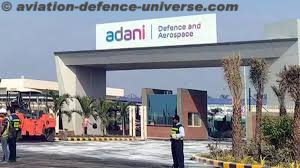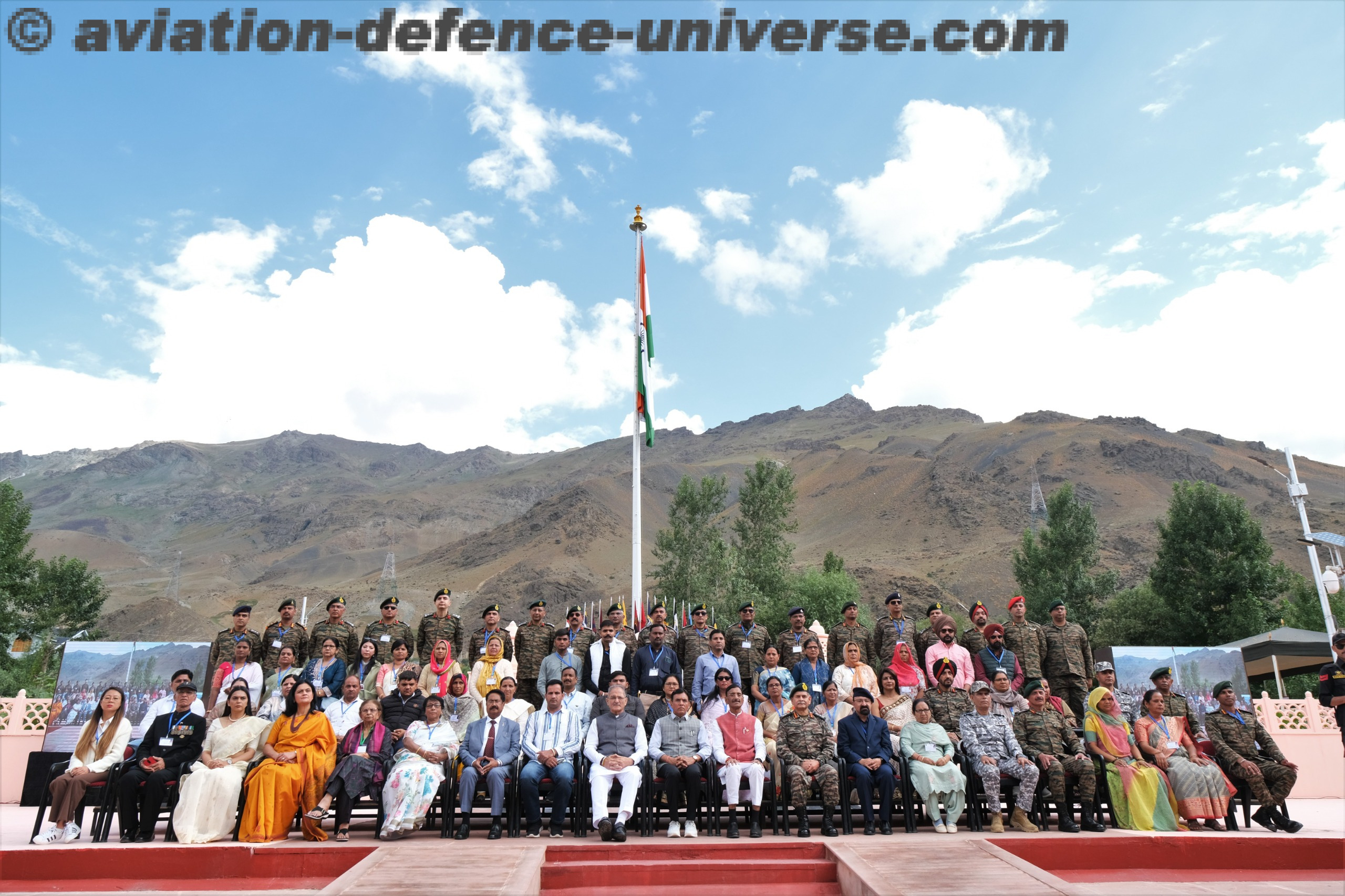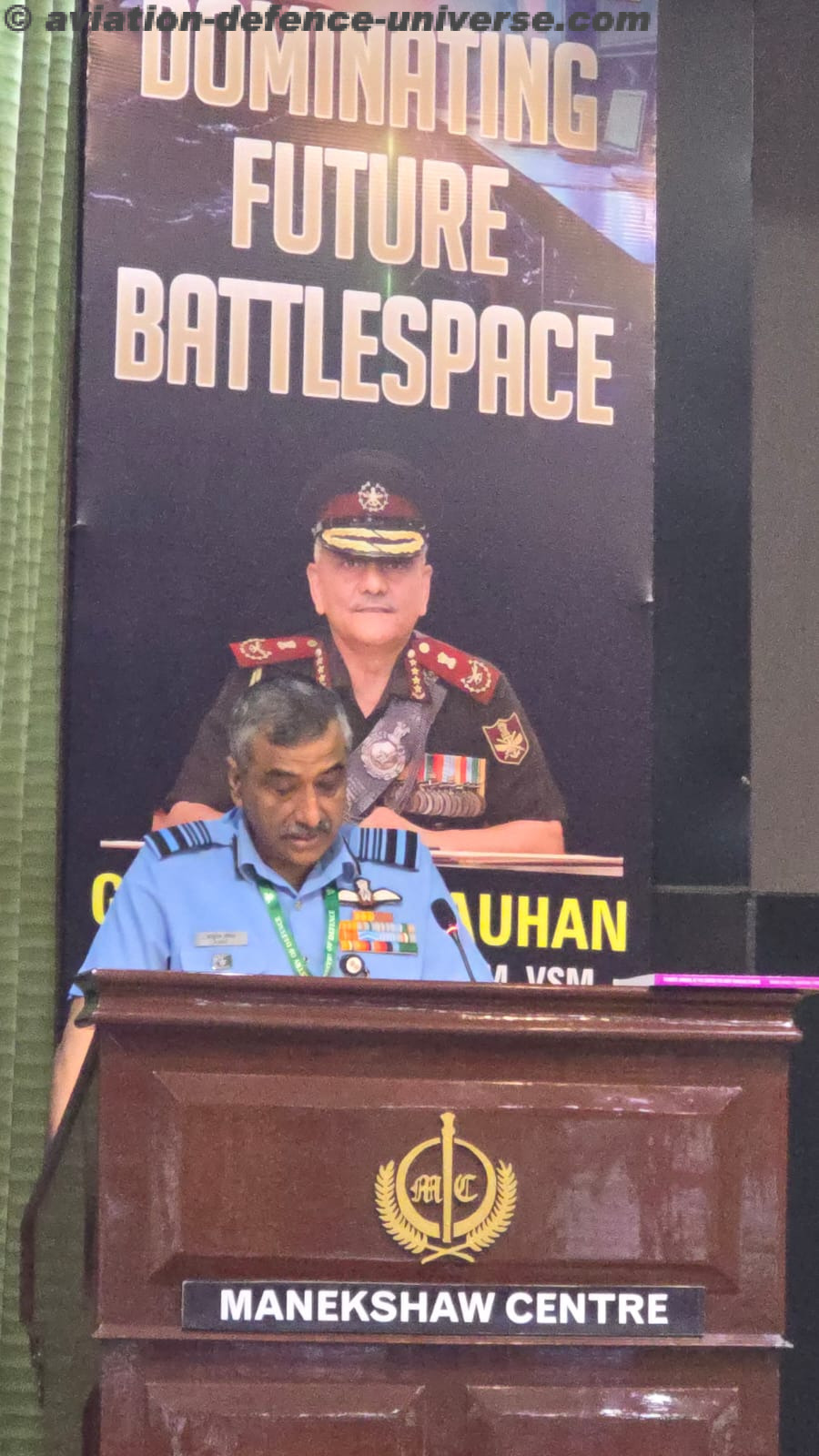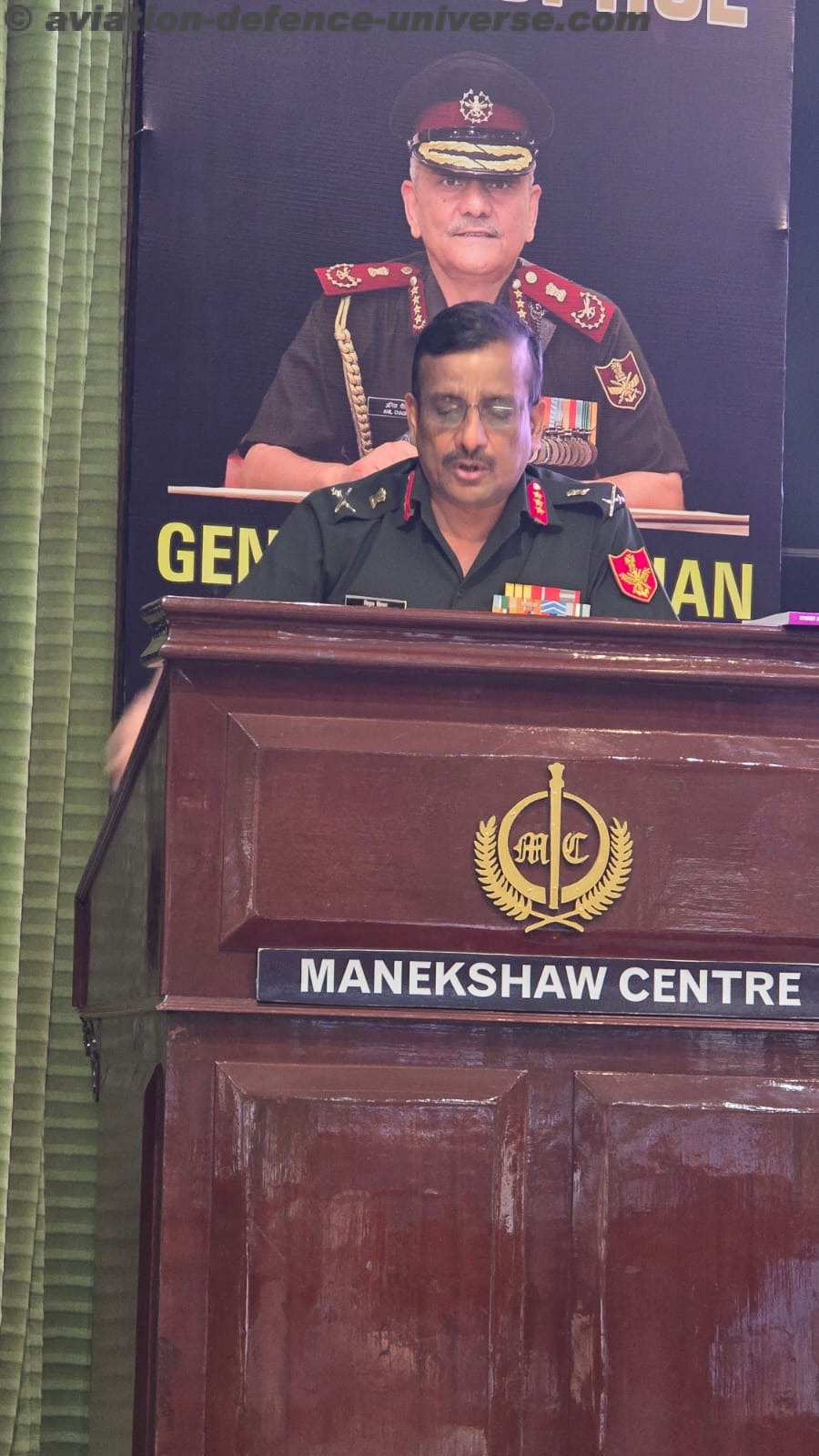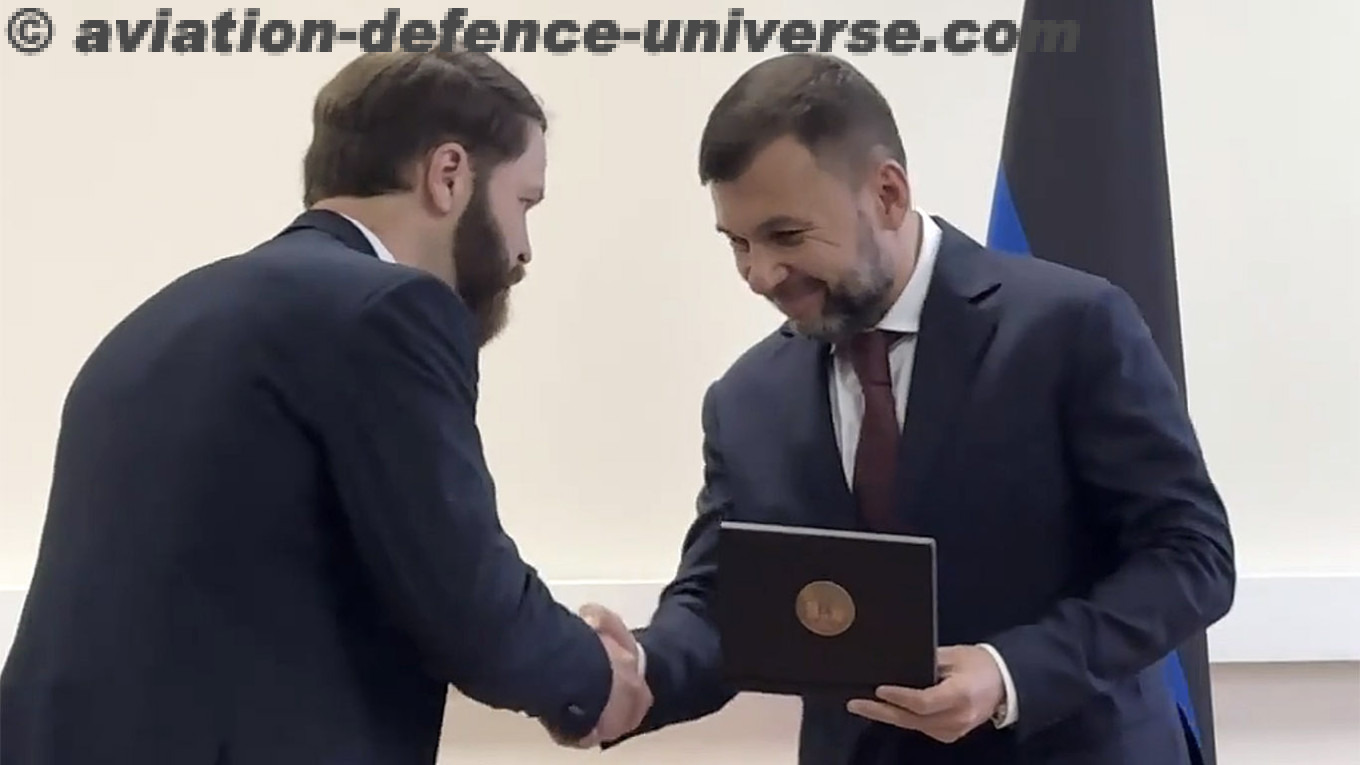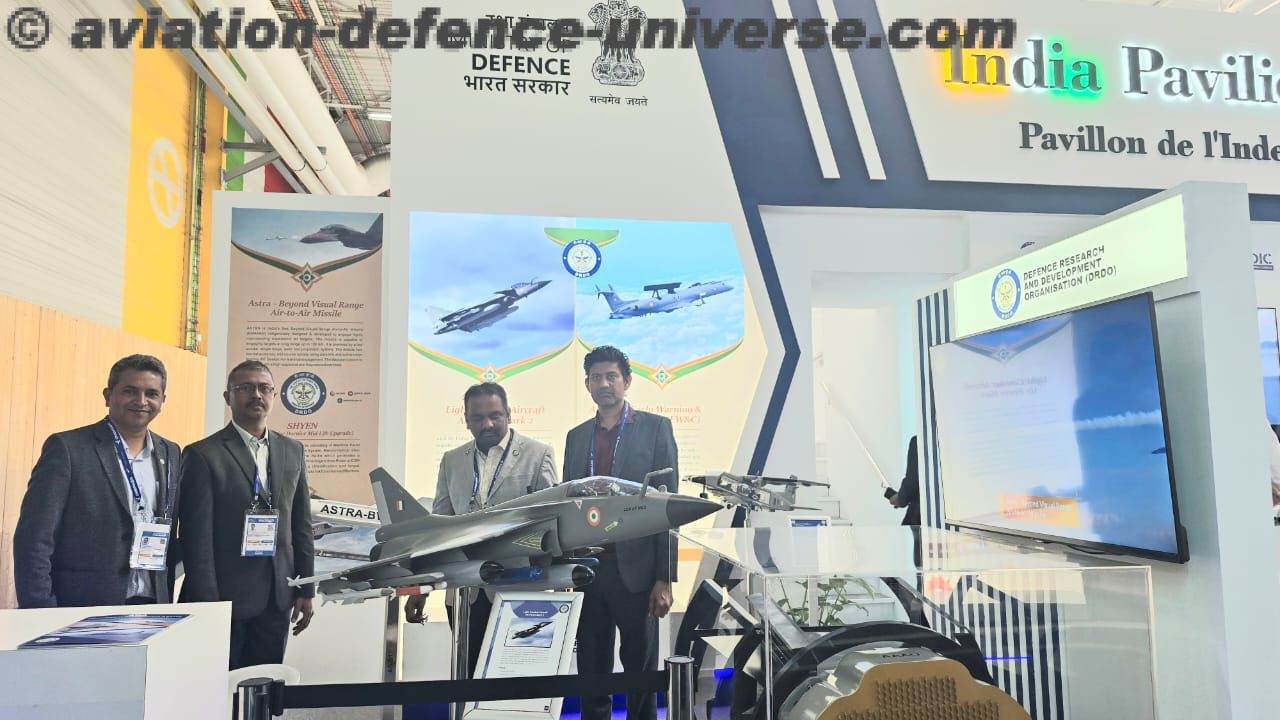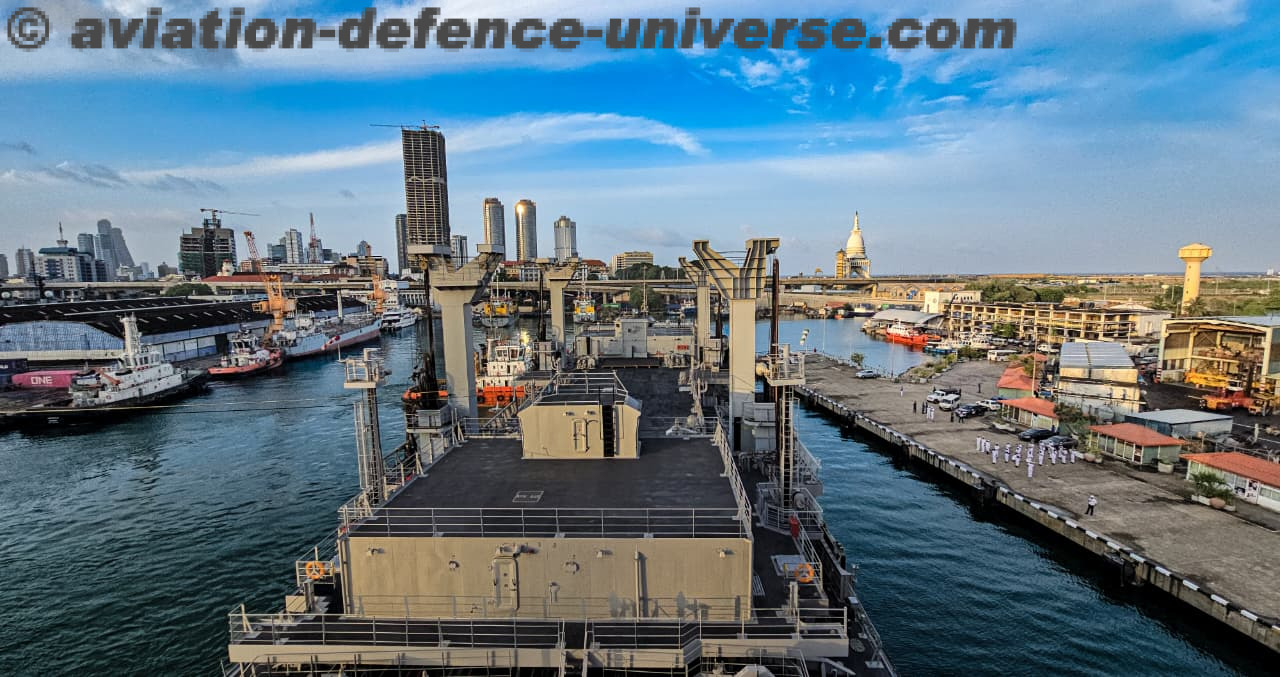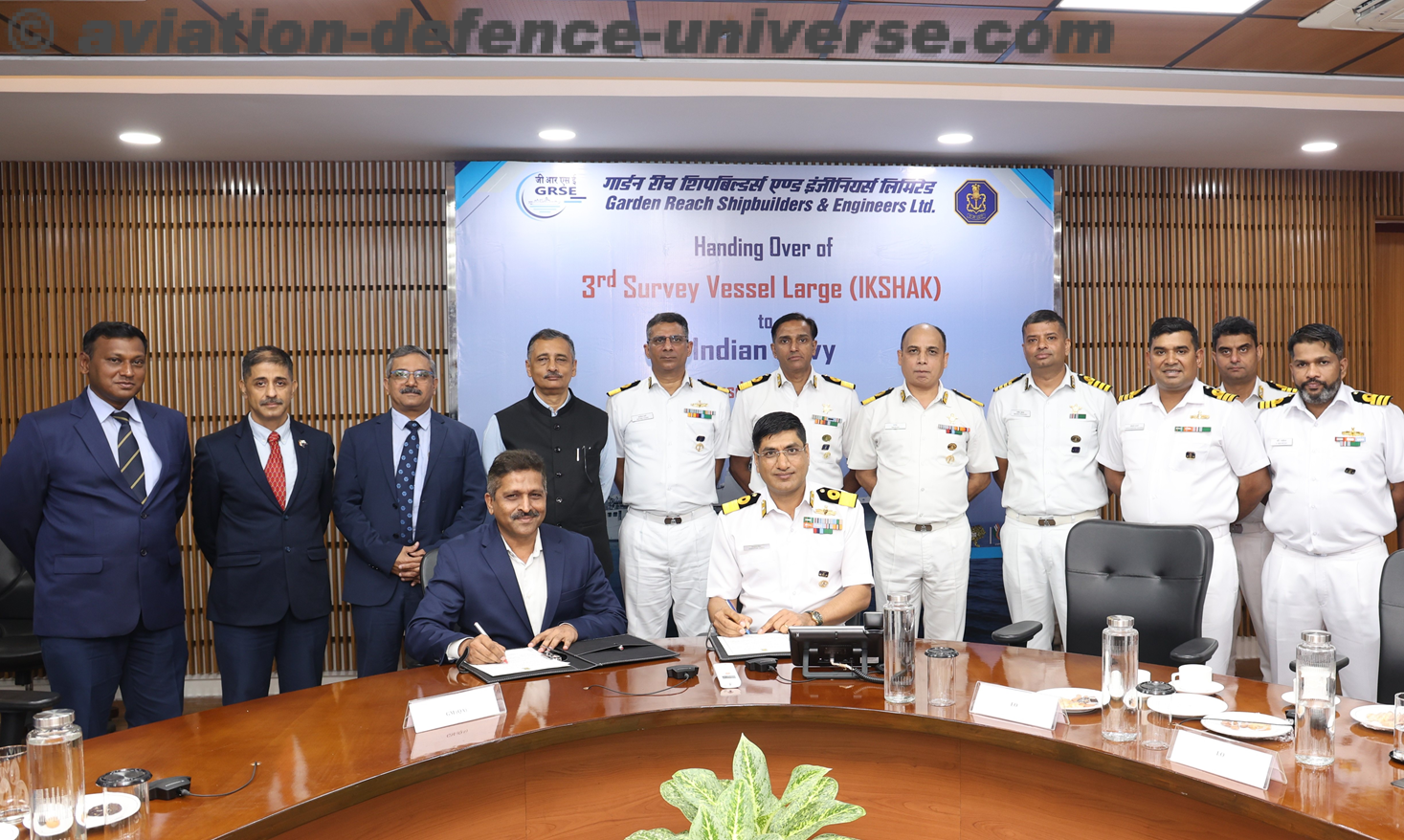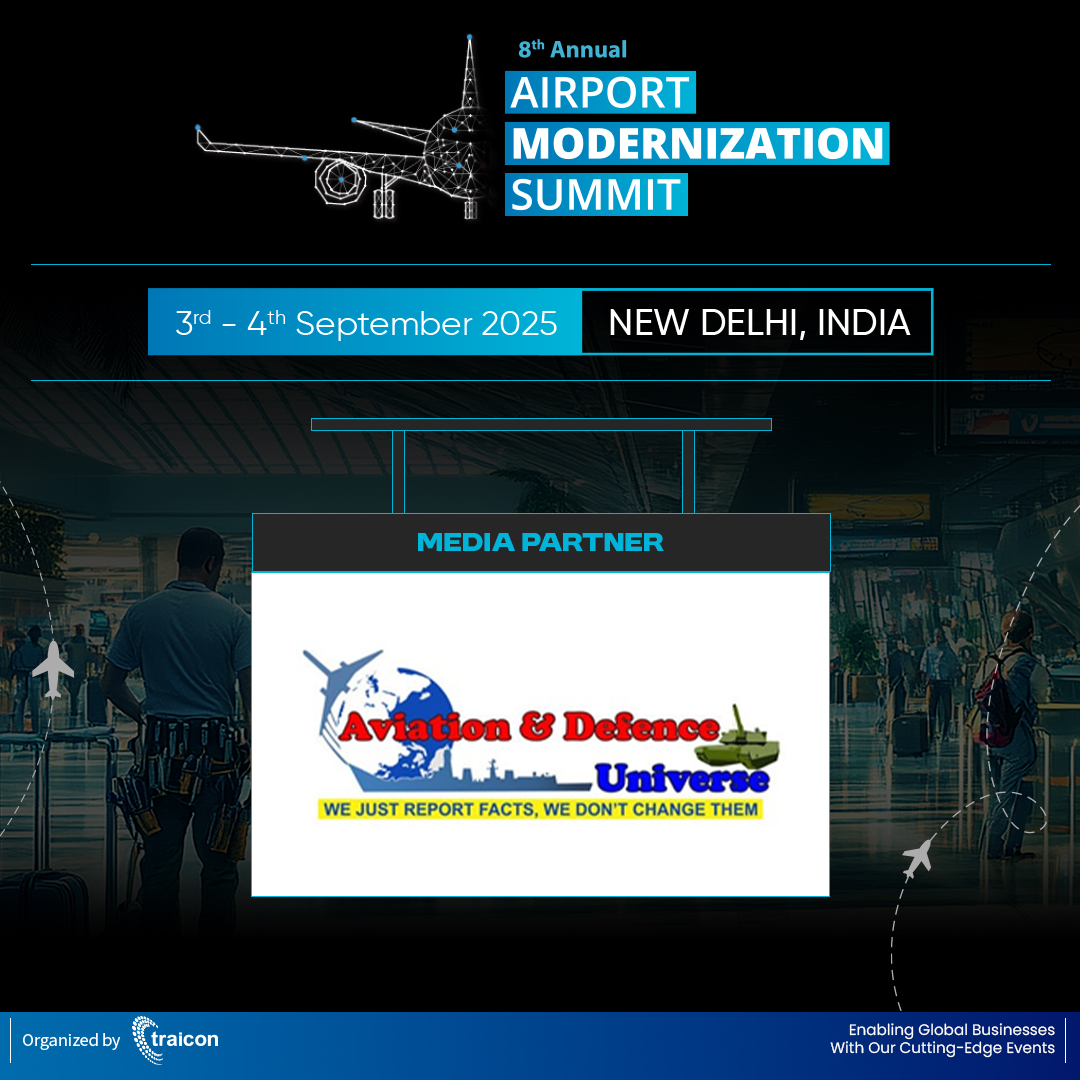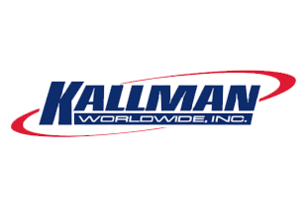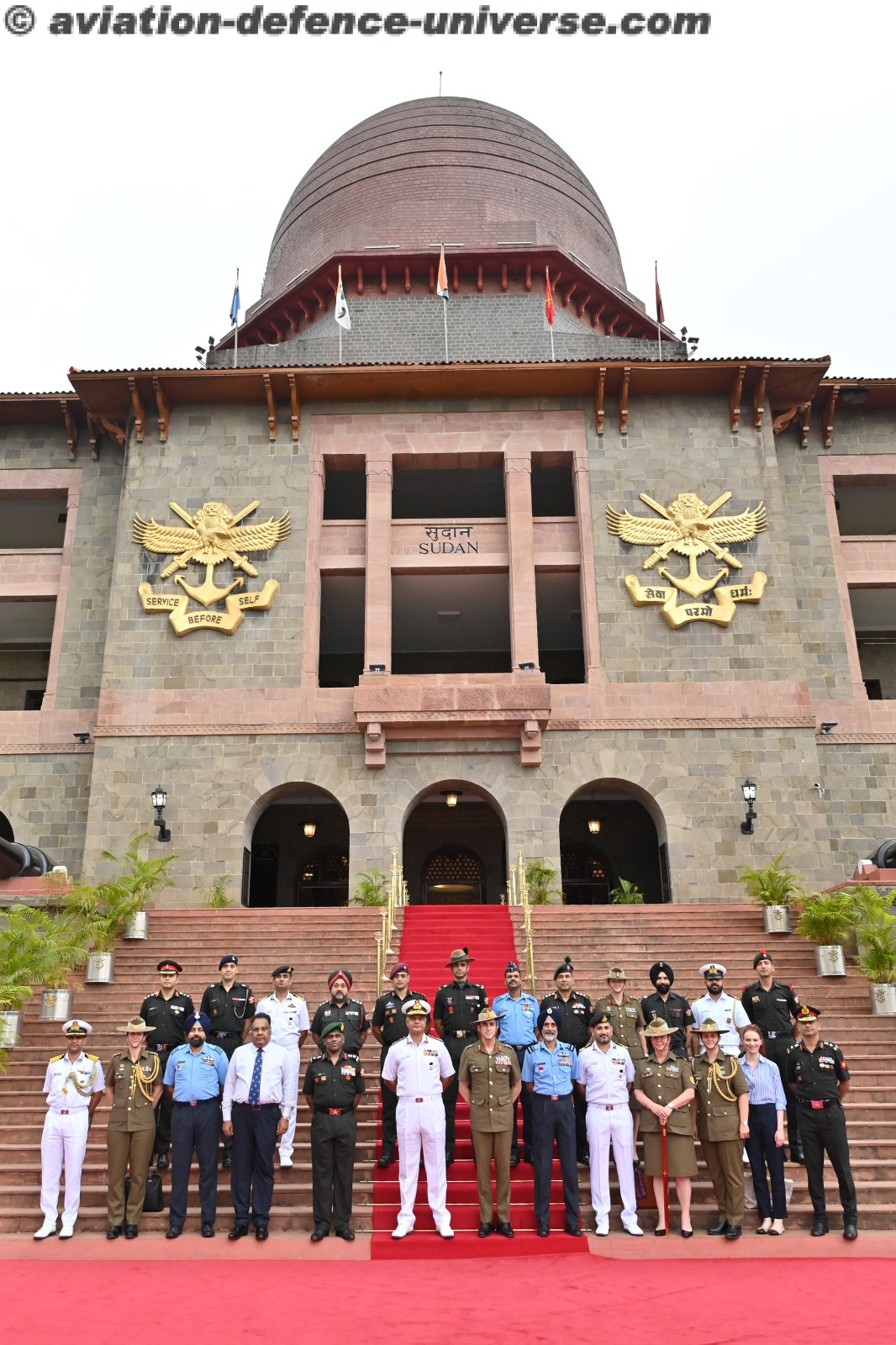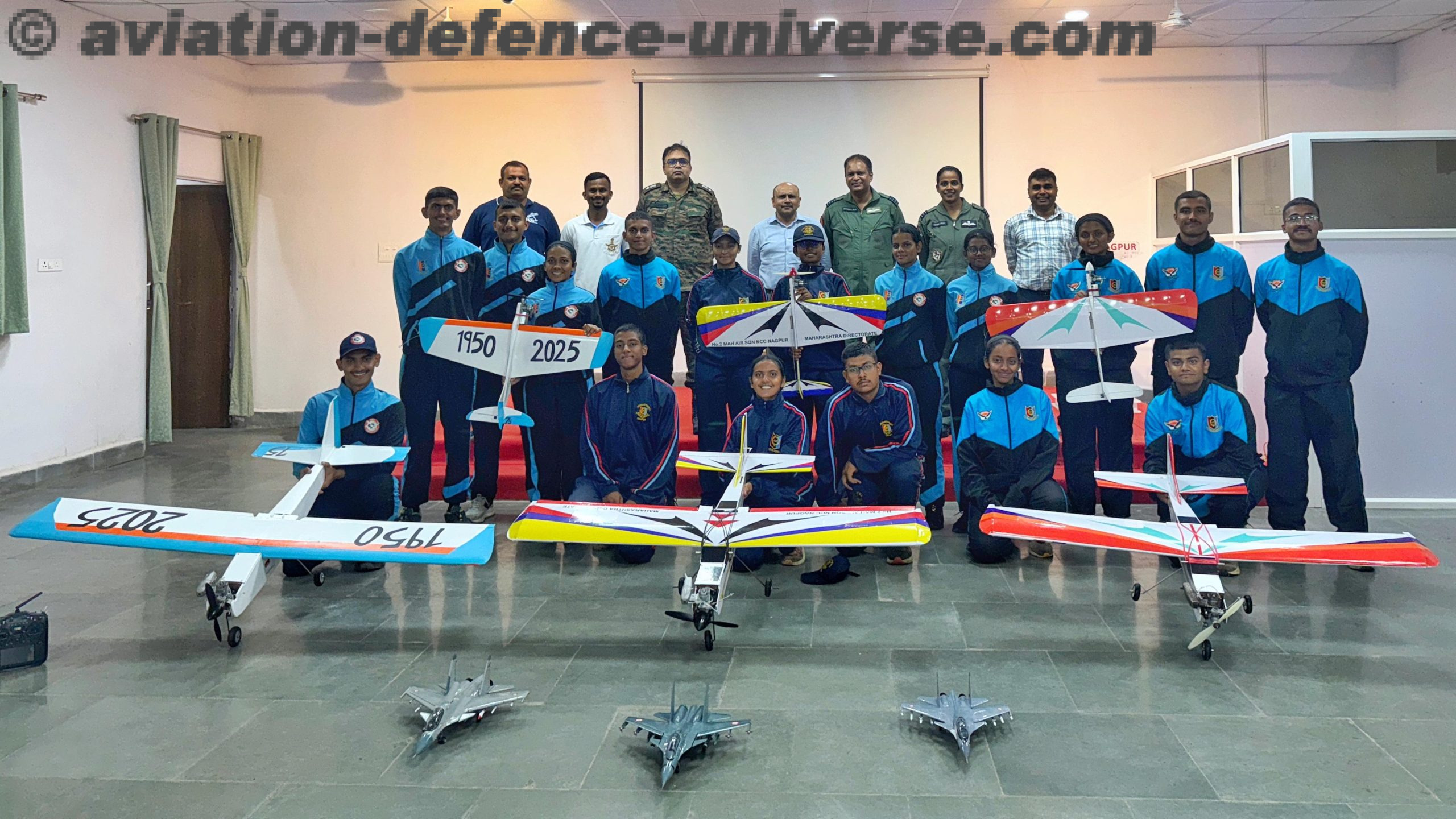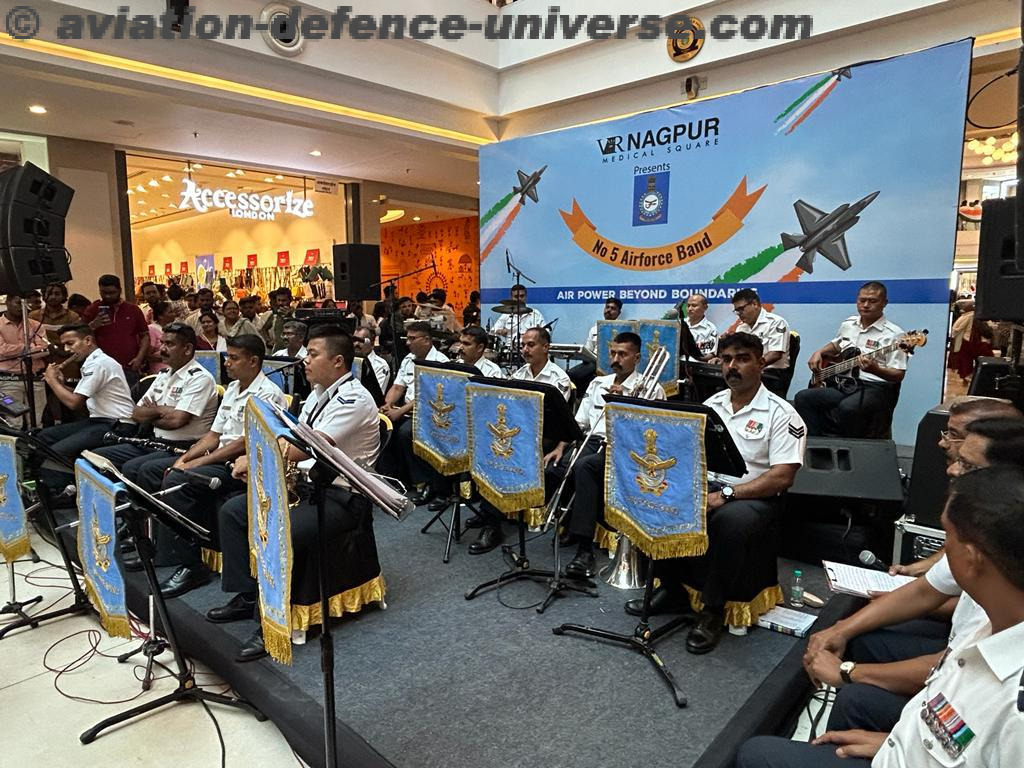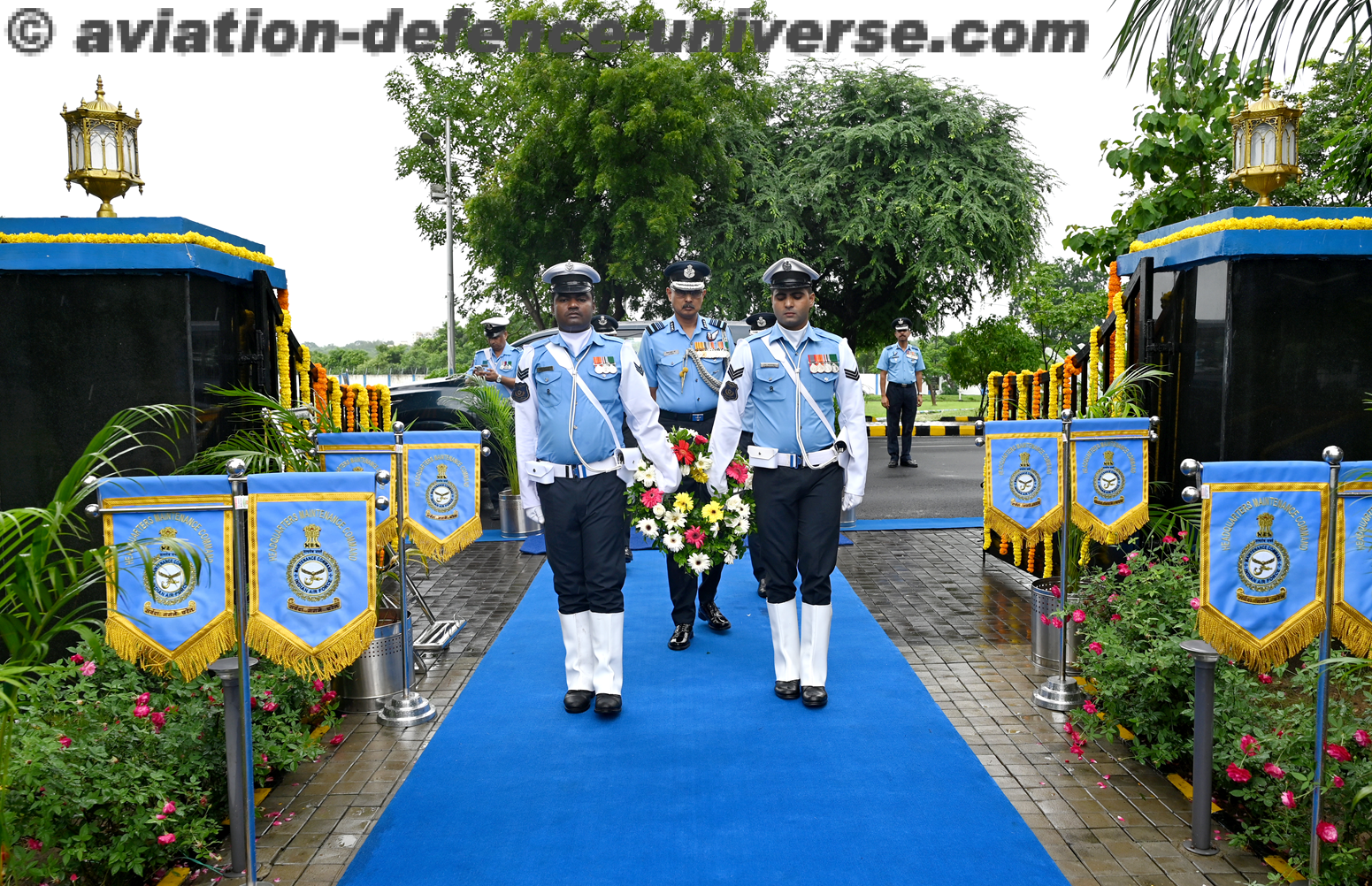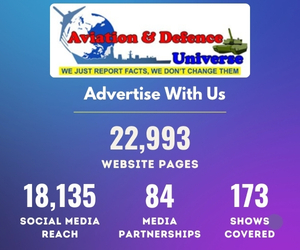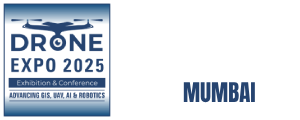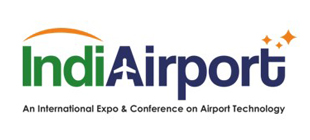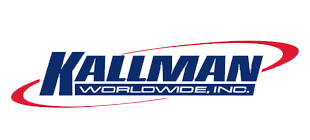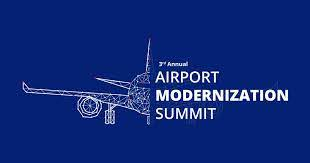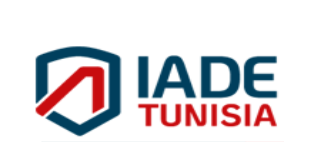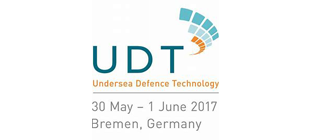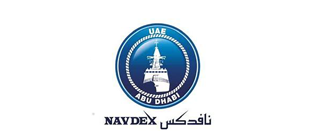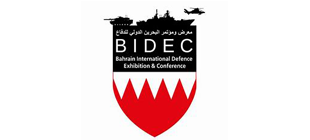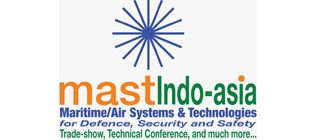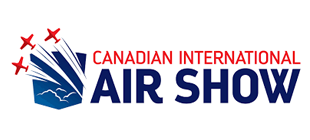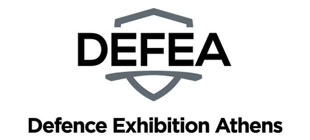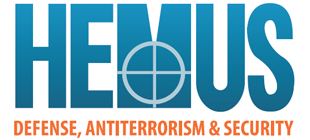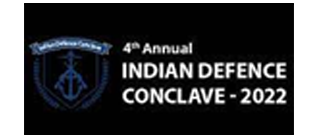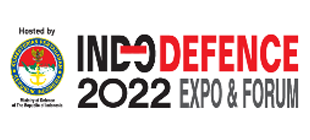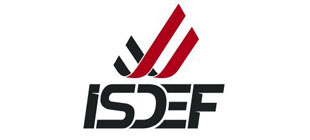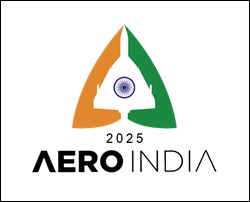By Prakash Babu Devara, Head of Marketing – Aviation, Aerospace & Defense, Ramco Systems
Chennai. 15 August 2025. In aviation, flight safety isn’t just a priority—it’s the foundation. Every aircraft that takes to the skies is a complex assembly of thousands of components, from airframes and engines to avionics and hydraulics. Before each flight, the aircraft must be certified as airworthy, a process that involves multiple stakeholders: Continuous Airworthiness Management organizations (CAMOs), maintenance planners, technicians, material managers, and store clerks. Each plays a critical role in ensuring the aircraft is fit to fly.
Traditionally, this ecosystem relied heavily on manual processes and legacy systems. Maintenance teams planned inspections, executed repairs, and ensured compliance with regulatory standards. While the core responsibilities remain unchanged, the tools and technologies driving these operations have evolved dramatically. Today, intelligent MRO software is not just reshaping workflows—it’s redefining flight safety.
From Record-Keeping to Real-Time Intelligence
The shift from traditional ERP systems to intelligent MRO platforms marks a fundamental change. What was once a passive record-keeping tool is now a proactive decision-making engine. These systems leverage data, automation, and AI to guide actions, reduce human error, and enhance operational efficiency.
This transformation is not about replacing people—it’s about empowering them. Maintenance teams now have access to insights that help them anticipate issues, optimize schedules, and ensure compliance with minimal friction.
Predictive Maintenance
One of the most impactful innovations is predictive maintenance. By analyzing historical data, sensor inputs, and usage patterns, intelligent MRO software can forecast potential failures before they occur. This allows maintenance teams to intervene early, reducing unscheduled downtime and avoiding safety risks.
For example, instead of waiting for an engine component to fail mid-cycle, predictive algorithms can flag anomalies in vibration data or oil pressure trends, prompting a preemptive inspection. This not only improves safety but also extends asset life and reduces costs.
AI at the Core of Maintenance Decision-Making
Artificial Intelligence is no longer a buzzword—it’s becoming a backbone. AI-driven diagnostics help technicians identify root causes faster. Machine learning models can recommend optimal repair strategies based on past outcomes, technician skillsets, and part availability.
Moreover, AI helps CAMOs and planners simulate maintenance scenarios, assess risk profiles, and make data-backed decisions. This level of intelligence ensures that safety is not compromised due to guesswork or delays.
Digitalization of Operations
Digital MRO platforms unify operations across departments. From planning and execution to inventory and compliance, every function is connected. This eliminates silos and ensures that everyone—from the hangar floor to the back office—is working with the same data.
Technicians can access digital task cards on mobile devices, update task statuses, record discrepancies, work signoff and even capture photos or videos for audit trails. Warehouse managers can track part movements with RFID and QR codes, ensuring traceability and reducing the risk of installing incorrect components.
Automated Compliance Management: Safety Meets Simplicity
Regulatory compliance is non-negotiable in aviation. Intelligent MRO software simplifies this through automated license tracking, digital sign-offs, and duty limitation enforcement.
- License Tracking: By capturing and tracking certifications and qualifications of technicians, it ensures only certified personnel perform specific tasks.
- E-Sign Offs: Speeds up approvals while maintaining audit integrity.
- Duty Limitations: Prevents fatigue-related errors by enforcing rest periods and shift limits.
These features not only enhance safety but also reduce the administrative burden on teams, allowing them to focus on what matters most—keeping aircraft airworthy.
Conclusion: Safety Through Intelligence
Flight safety is a collective responsibility, and intelligent MRO software is the enabler. By combining predictive analytics, AI, and digital workflows, these platforms transform maintenance from a reactive function to a strategic advantage.
As aviation continues to evolve, the role of intelligent software will only grow. For airlines and MROs, embracing this shift is not just about efficiency—it’s about safeguarding every flight, every passenger, and every crew member.











